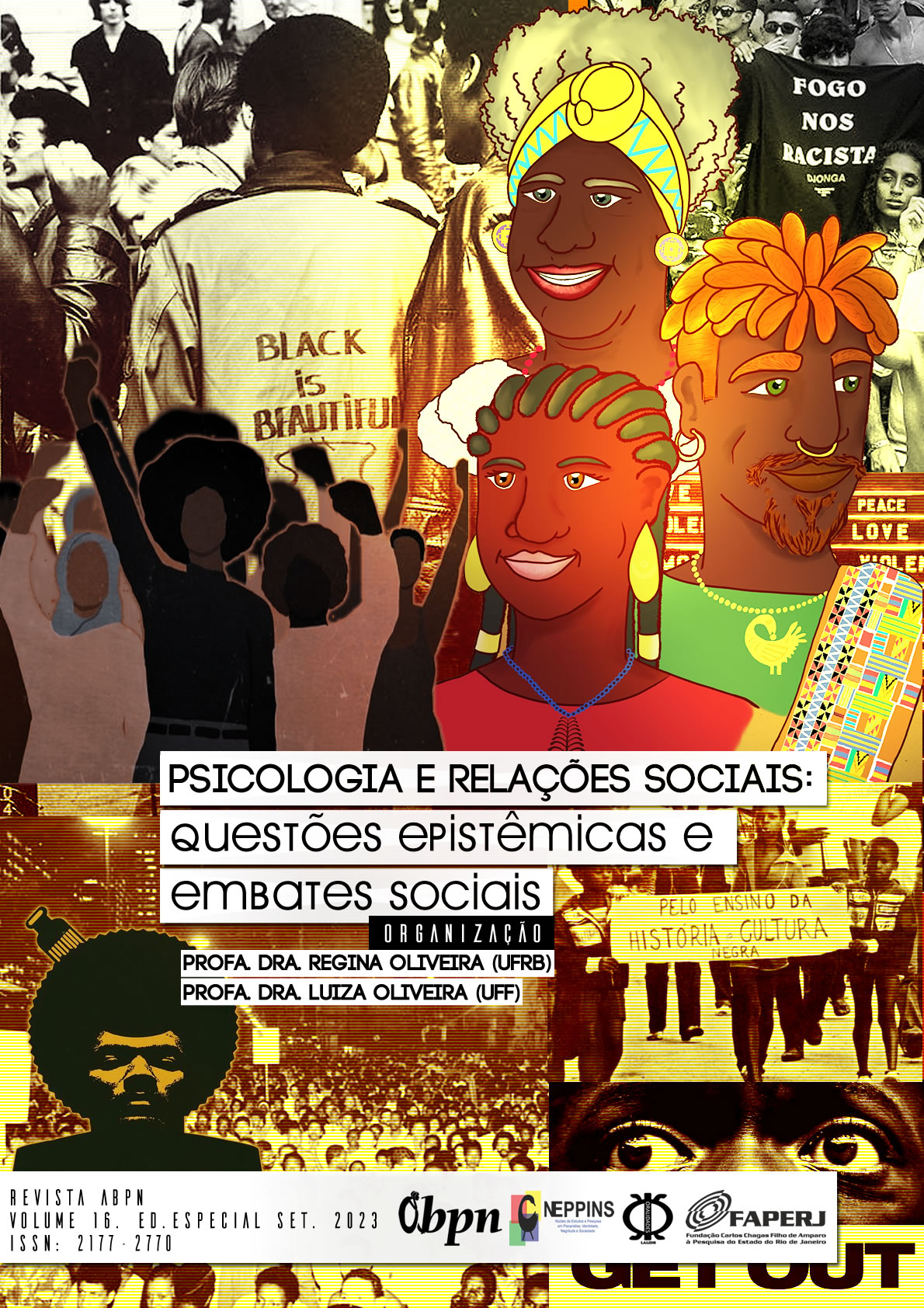THE GARBAGE DISCOURSE: A PSYCHOANALYTIC AND SOCIOPOLITICAL ANALYSIS OF THE SYMBOLIC MECHANISMS OF BRAZILIAN RACISM un análisis psicoanalítico y sociopolítico de los mecanismos simbólicos del racismo brasileño
Main Article Content
Abstract
Racism has several layers and symbolic structuring mechanisms, and the production of racial stereotypes-stigma is an important aspect of this process. Thus, the discursive and symbolic construction that black people are dirty, stinky, filthy, or even the trash of society is a relevant part of this Brazilian racial dynamic. Therefore, we propose to reflect on the psychoanalytical and sociopolitical interface of this racist construction, based on the experiences and racial violence denounced by Carolina de Jesus and the theoretical contributions of Lélia Gonzalez, Neusa Santos Souza and Isildinha Nogueira. We argue that the production of the dirty black body-myth and the ideal of the clean white ego constitutes a political mechanism of cultural and environmental racism to subalternize and deny black identity at the same time that it hides the filth of racist whiteness, reinforces white identity and legitimizes processes of sanitization-annihilation of every black signifier.
Article Details

This work is licensed under a Creative Commons Attribution 4.0 International License.
Copyright Statement
- Authors retain copyright and grant the journal the right of first publication, with work simultaneously licensed under the Creative Commons Attribution License CC-BY 4.0 which allows the sharing of the work with acknowledgment of the authorship of the work and initial publication in this journal.
- Authors are authorized to enter into additional contracts separately for non-exclusive distribution of the version of the work published in this journal (eg, publishing in institutional repository or book chapter), with acknowledgment of authorship and initial publication in this journal.
- Authors are allowed and encouraged to post and distribute their work online (eg in institutional repositories or on their personal page) at any point before or during the editorial process, as this may lead to productive changes as well as increase impact and citation of published work (See The Effect of Free Access).

